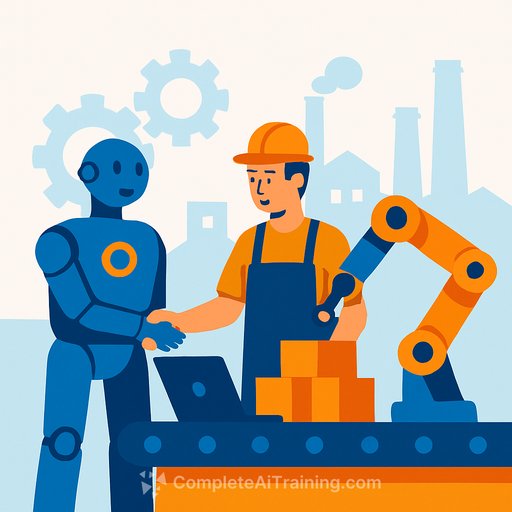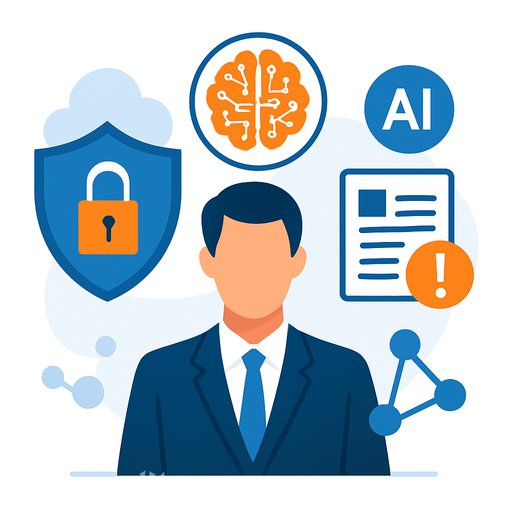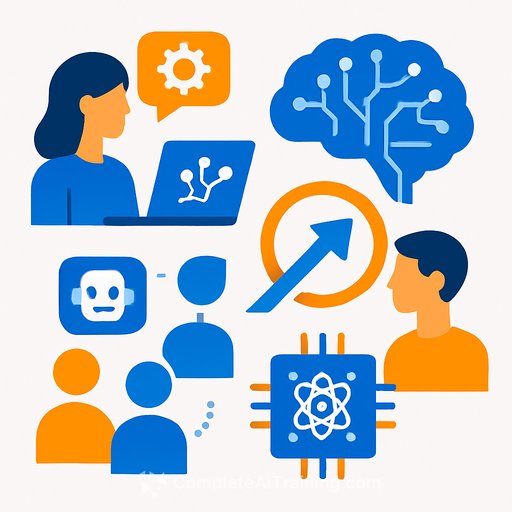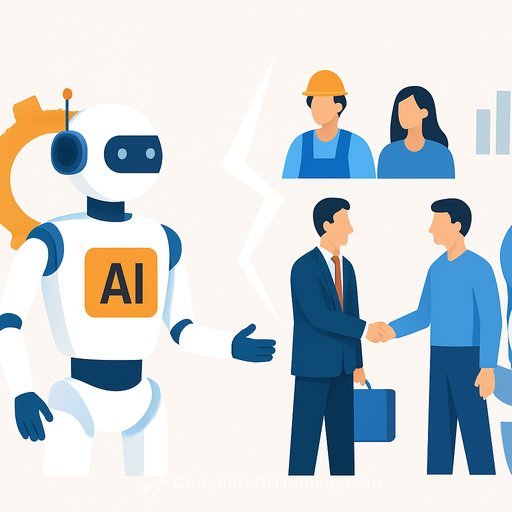Artificial Intelligence in Manufacturing
Artificial Intelligence (AI) is no longer a future concept—it’s an active part of today’s manufacturing landscape. From smart assistants in homes to AI-driven machines on factory floors, this technology is reshaping how businesses operate. What was once a topic for executive meetings has moved directly into production environments. The key question now is: does AI replace human workers or empower them?
The Rise of the Augmented Factory: Where Man Meets Machine
The augmented factory represents a new model where AI, robotics, and data analytics work closely with human skills to boost productivity, efficiency, and innovation. Unlike fully automated "lights-out" factories, this approach combines human creativity with machine precision.
Take predictive maintenance software, which alerts technicians to issues before machines fail. Collaborative robots, or cobots, assist with heavy or repetitive tasks. Managers use AI-powered dashboards to access real-time data, enabling faster and more accurate decisions. These technologies are already in use in manufacturing plants that prioritize technology integration.
The Flip Side of Progress: Is AI Taking Jobs—or Transforming Them?
Concerns about AI replacing jobs are valid. Studies show that tens of thousands of tech jobs have been automated in early 2025 alone. In manufacturing, estimates suggest 64% of tasks could be automated using current technology, but fewer than 5% of roles can be fully replaced. Tasks like CNC machining, assembly, and material handling are increasingly automated, but human roles are evolving.
Technicians need new skills like data literacy, engineers focus on interface design, and managers oversee complex AI systems. As AI advances, human expertise in interpretation, governance, and adaptability becomes even more critical.
Augmentation, Not Automation: Why Human Ingenuity Still Matters
The most effective factories combine human creativity with AI’s accuracy. AI handles large datasets, predictive analytics, and rapid operations well but struggles with judgment, nuance, and ethics. Research shows AI models imitate reasoning rather than truly solving complex problems.
Human input is essential for creative problem-solving, situational decisions, and strategic direction. This balance doesn’t happen by chance; it requires intentional design and leadership that aligns people, processes, and technology.
The Leader’s Mandate: Rewire Culture, Not Just Code
Integrating AI with human talent calls for leadership-driven change. Executives must rethink talent strategies and foster a culture that supports AI adoption:
- Upskilling & Reskilling: Build ongoing training programs. Equip technicians with AI tools. Encourage collaboration between data analysts, engineers, and operators through shared digital fluency. Reskilling is an investment that unlocks AI’s potential.
- Change Management: Communicate openly about AI adoption. Address employee concerns early and involve them in the transformation process. Transparent leadership smooths the transition.
- Data Literacy & Interpretation: AI generates insights, not decisions. Teams must learn to translate AI outputs into actionable business strategies, such as minimizing downtime or managing inventory.
- Leadership & Flexibility: AI lacks context and ethical judgment. Leaders should build adaptable systems that keep humans in control of critical decisions.
Building the Future Together: Measurable Gains, Meaningful Growth
Companies that effectively blend AI and human skills are seeing clear benefits: higher productivity, fewer errors, safer workplaces, and better employee retention. This approach also supports social responsibility goals by encouraging domestic talent development, closing skill gaps, and promoting inclusive growth—all of which strengthen business performance.
Beyond Automation: Thriving in the Age of Intelligence
Success won’t come from owning the most advanced AI, but from applying it with strategic insight and human-centered leadership. The augmented factory is no longer a concept for the future; it’s the standard operating model now.
Organizations that prioritize augmentation over automation alone will emerge as leaders, attract top talent, and set new standards for innovation.
Your membership also unlocks:






